Postmodernism MCQ Quiz : Postmodernism in English Literature emerged after World War II as a reaction against the values of Modernism. Where Modernism believed in order, progress, and universal truths, Postmodernism challenged these ideas. It questioned certainty, celebrated differences, and broke traditional boundaries of storytelling.
Key Features of Postmodern Literature
-
Irony and Playfulness: Writers often used humor and parody to criticize social and cultural norms.
-
Metafiction: Narratives drew attention to their own construction, showing that literature itself is an illusion.
-
Fragmentation: Stories were written in non-linear structures, rejecting clear beginnings and endings.
-
Intertextuality: Authors borrowed and blended ideas, styles, and references from past works.
-
Plurality of Voices: Instead of one dominant meaning, texts offered multiple interpretations.
Major Postmodern Authors and Works
| Author | Key Works | Contribution |
|---|---|---|
| Thomas Pynchon | Gravity’s Rainbow, The Crying of Lot 49 | Explored chaos, science, and paranoia. |
| Don DeLillo | White Noise, Underworld | Examined media culture and consumerism. |
| Salman Rushdie | Midnight’s Children, The Satanic Verses | Blended history with magical realism. |
| Margaret Atwood | The Handmaid’s Tale | Critiqued power, gender, and politics. |
| Angela Carter | The Bloody Chamber | Used fantasy and feminism to reshape myths. |
Significance
Postmodernism in English Literature shifted focus from certainty to doubt, from authority to diversity, and from realism to experimentation. It gave literature a new freedom where stories could be playful, fragmented, and self-aware.
Postmodernism MCQ Quiz of 15 Questions
Discover more from Gyankundli
Subscribe to get the latest posts sent to your email.
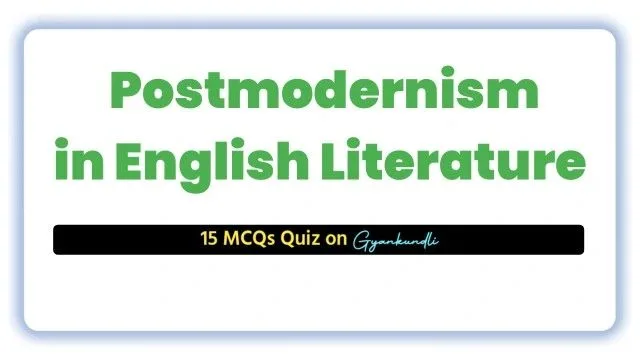
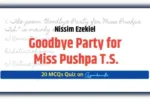


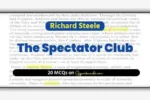
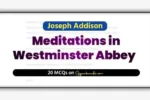
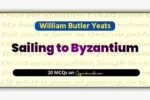

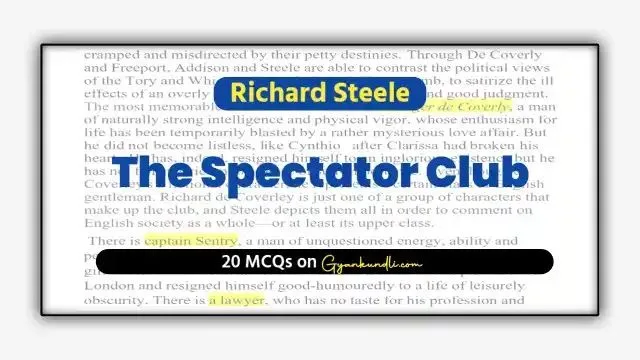
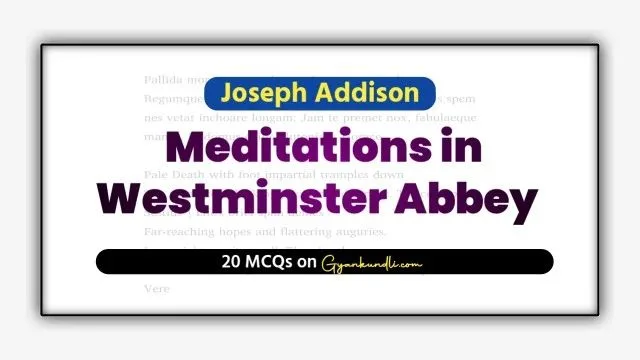







Thank you so much Sir🙏🙏
Welcome 😊
Keep learning, keep shining 🌟